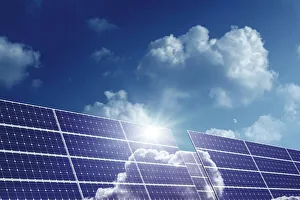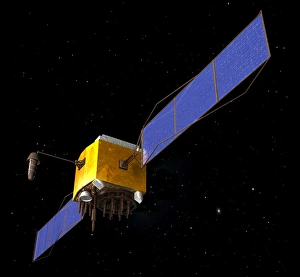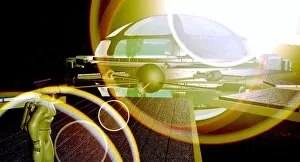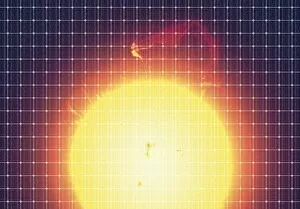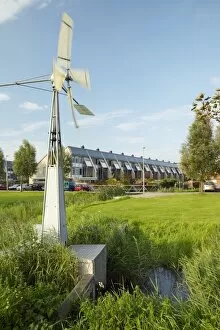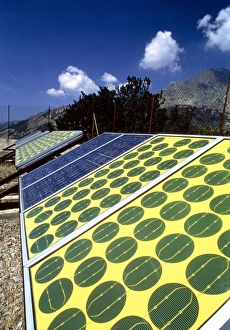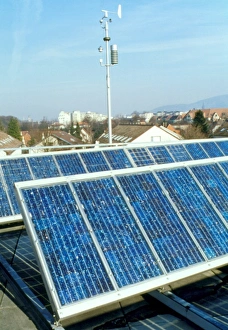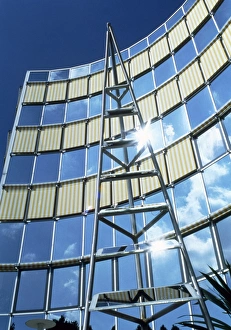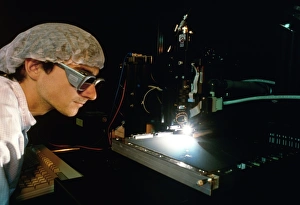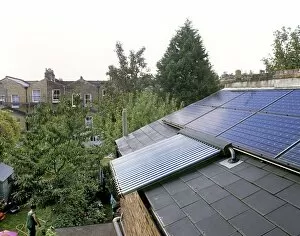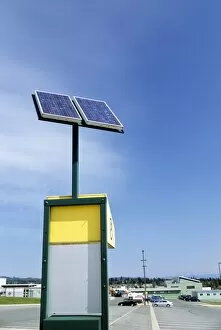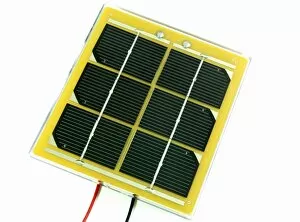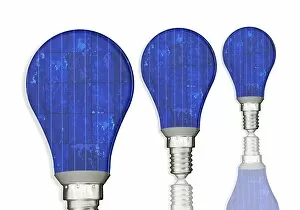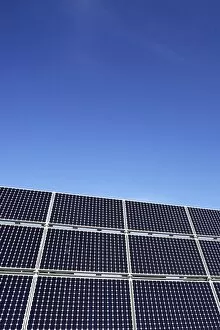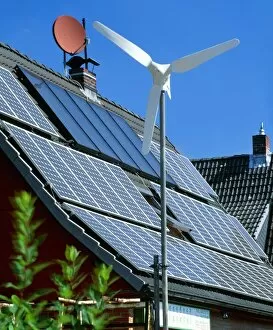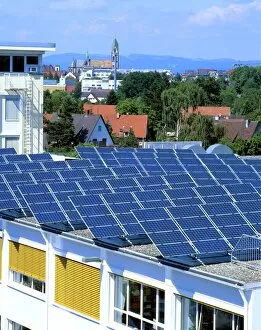Photovoltaic Cell Collection
"Revolutionizing Energy: Photovoltaic Cells Powering the Future" In 2008
All Professionally Made to Order for Quick Shipping
"Revolutionizing Energy: Photovoltaic Cells Powering the Future" In 2008, the International Space Station embraced the potential of photovoltaic cells as solar panels basked in the sun, harnessing its energy to fuel their operations. Beyond space exploration, these innovative cells found their way into our homes with domestic solar panels, bringing sustainable power to households worldwide. As we strive for a greener future, greenhouse solar panels emerged as an eco-friendly solution, seamlessly integrating renewable energy into agricultural practices. Solar panel arrays on tracking bases ensured maximum efficiency by following the sun's path throughout the day. Advancements in technology led to breakthroughs like pulse laser deposition apparatus and photovoltaic cell testing methods that pushed boundaries and improved performance. Raman scattering analysis delved deeper into understanding these cells' properties and optimizing their capabilities. Not limited to Earth alone, satellites orbiting our planet relied on photovoltaic cells for uninterrupted power supply. Whether it was a GPS satellite guiding us or an interstellar spaceship venturing beyond our known horizons, these tiny yet mighty cells played a crucial role in powering our explorations. With each passing day, photovoltaic cells continue to revolutionize how we generate electricity sustainably. As we embrace this remarkable technology globally, we pave the way towards a brighter and cleaner future for generations to come.


